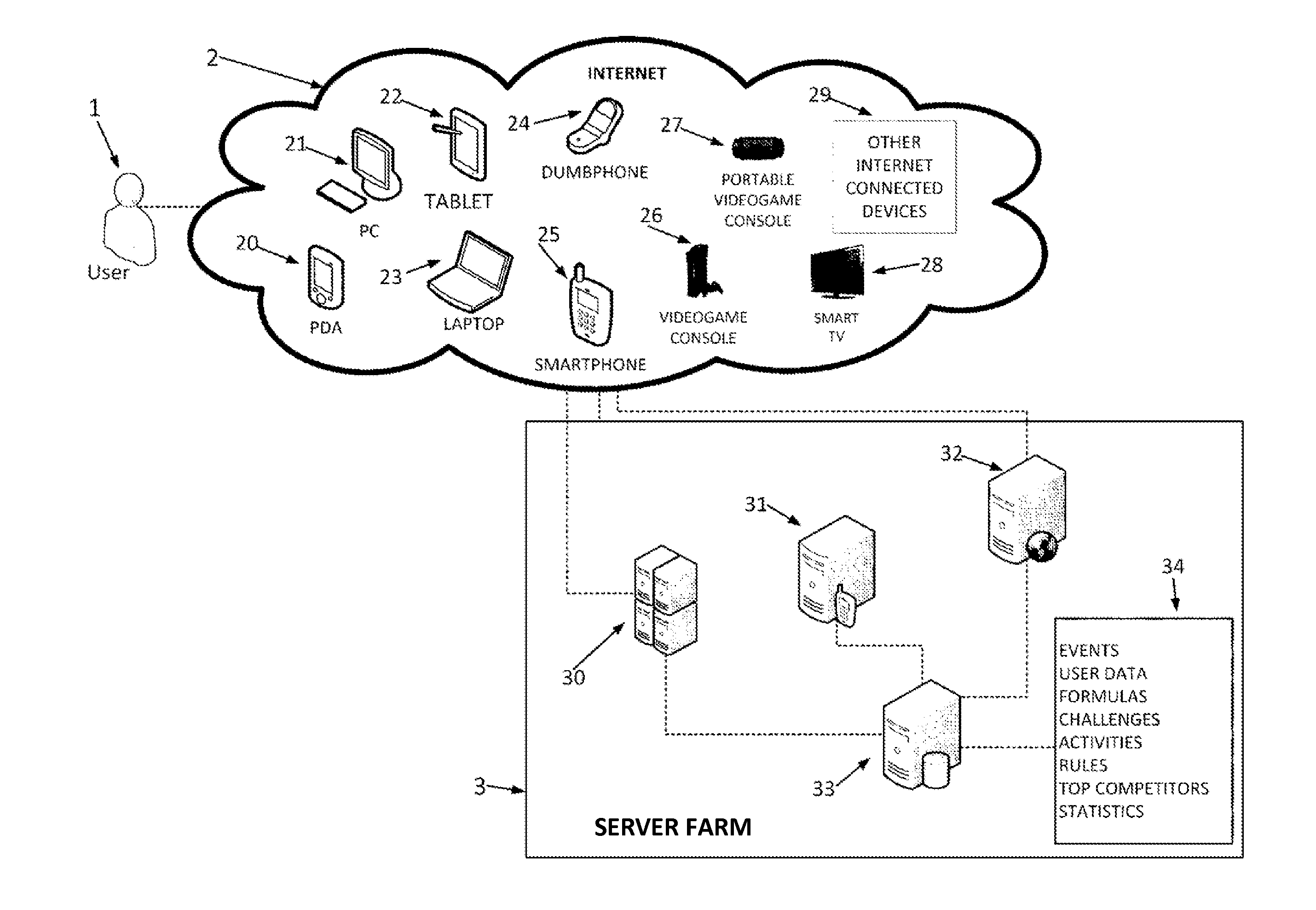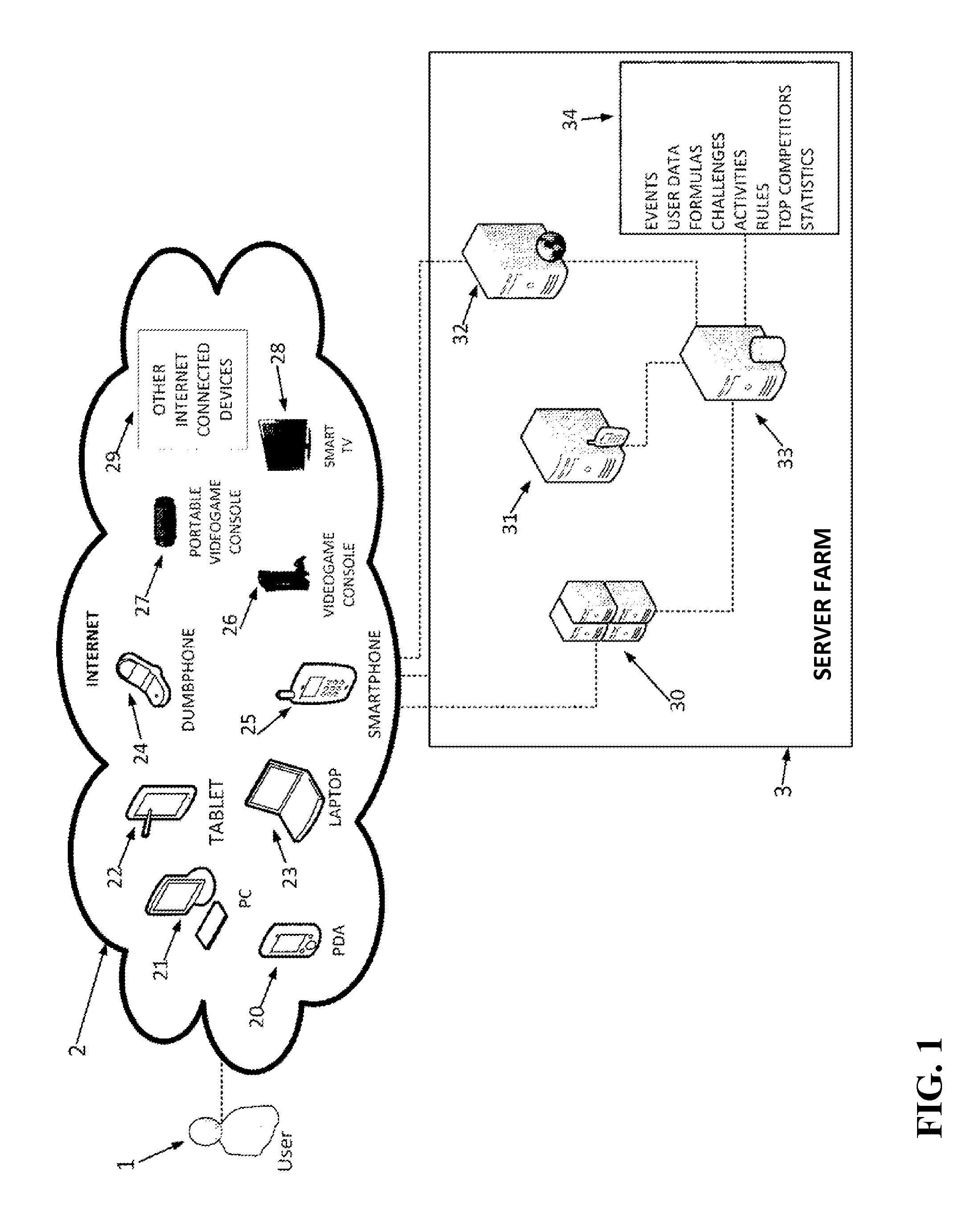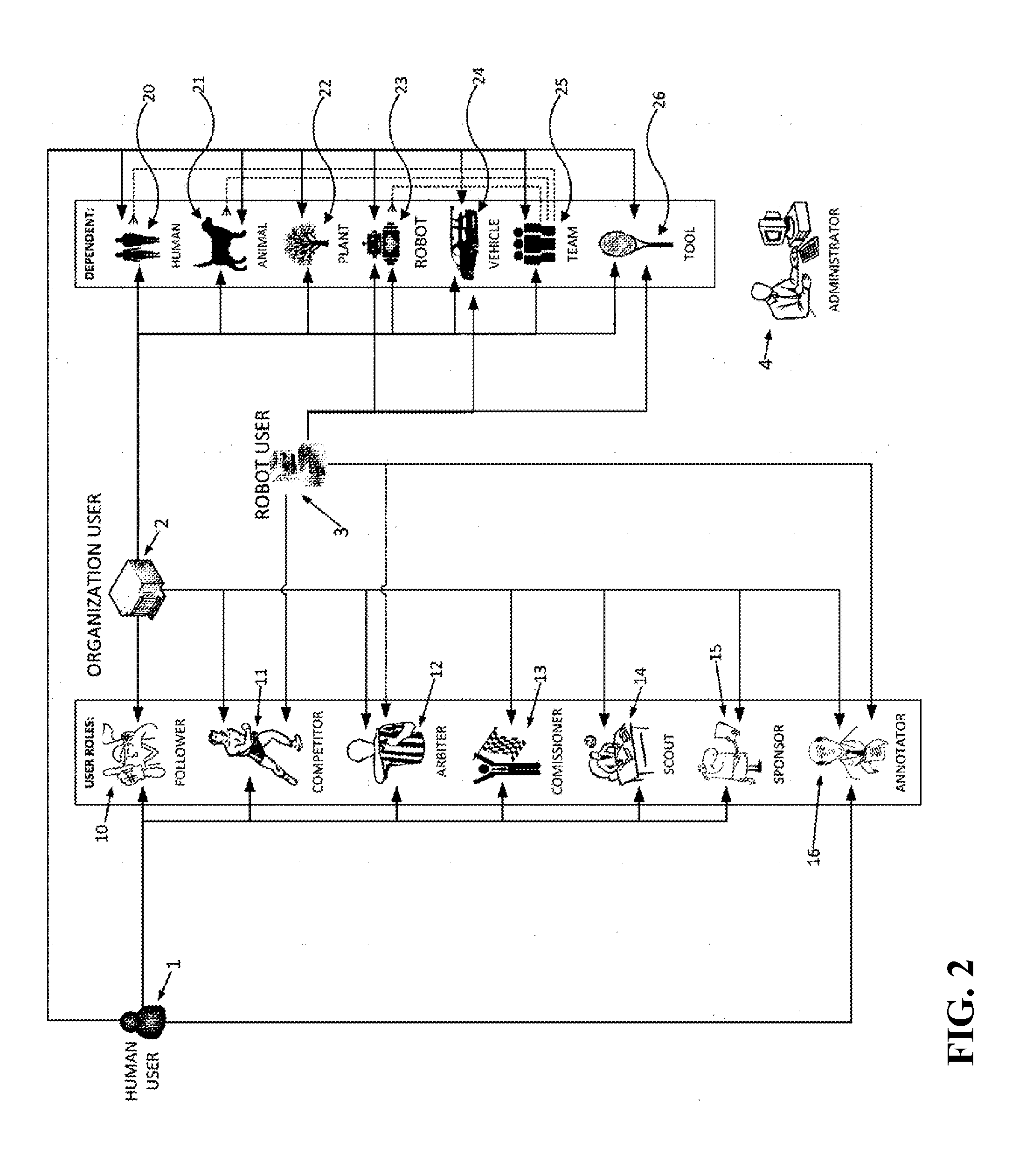One particular problem is that most of the data generated by actual competition activities like amateur sports, beauty contests, farm fairs or paint contests are not recorded or taken into account by actual social networks.
This leads to the situation where each organization that wants to promote their members records and achievements have to develop and maintain a separate website, making the data of a particular activity dispersed and disorganized.
Another drawback of the Sports social networks is that they lack a tool where the users can create their own sports or recreational activities, forcing the users to choose from a set of pre-defined activities from well known sports with no form of modification or customization.
Second, there is a need for recreational institutions or little sports leagues like little league baseball, football or amateur soccer for a centralized tool to keep and maintain current and historical data about their members due to lack of resources; that leads to professional and well established sports getting almost all attention from the fans.
The
adaptation and following of rules when a small organization joins a regional, national or international organization also presents difficulties when maintaining their websites.
Another limitation is that most of the current networks are constructed based on what users like, not on what they do or have; making it difficult for users who share a common activity to find each other, to share experiences or to team up.
Rare competition activities have little or no support on the web, making them difficult to discover by other people out of their local communities.
In most cases even if a small organization has their website, data about competition events is disorganized and is not maintained over time.
This is causing that a
web site visitor can't see in most cases who were the best competitors or winners from previous years.
Other main limitation of current networks is that their design is specifically for connecting people; animals, pets, plants, vehicles, gadgets and tools are out of their operational model.
On the other hand people who have some tool, vehicle or gadget find it difficult to find and associate with others because they find it difficult to find people based on what they have.
One big obstacle for actual networks is that COPPA (Children Online
Privacy Protection Act) law establishes that websites who directly collect information from children must have a written consent from their parent if the child is younger than 13 years of age, making it difficult to collect competition data from underage people.
The lack of an automated process for the request and approval from the parents about activities and achievements of their children is causing difficulties for web based networks to include underage people.
Also the before mentioned law requires that websites must physically delete at a parent request all data that could lead to directly contacting the child, making it difficult to design websites with databases that can support orphan data.
Also talent seekers lack a tool to compare talented competitors (men, animals, machines or tools) from different
geographic regions, disciplines and ages, by using their own search methods, formulas or calculation criteria to compute
raw data the way they want.
The lack of an administration tool where a person can direct and administer all aspects of a competition or recreational activity is preventing that nonprofessional sports organizations from posting their information to
the internet.
In addition most of the professional organizations lack a tool for posting historic data from each member, leaving that data on paper sheets on files in their offices, causing historic information on competition and recreational activities to disappear with time because of the deterioration of those sheets.
Other organizations have spreadsheets to manage their data, which in the long run can cause
data loss due to the lack of
backup procedures, or it could be tedious to maintain data and rules when new data is added each year.
 Login to View More
Login to View More  Login to View More
Login to View More 


